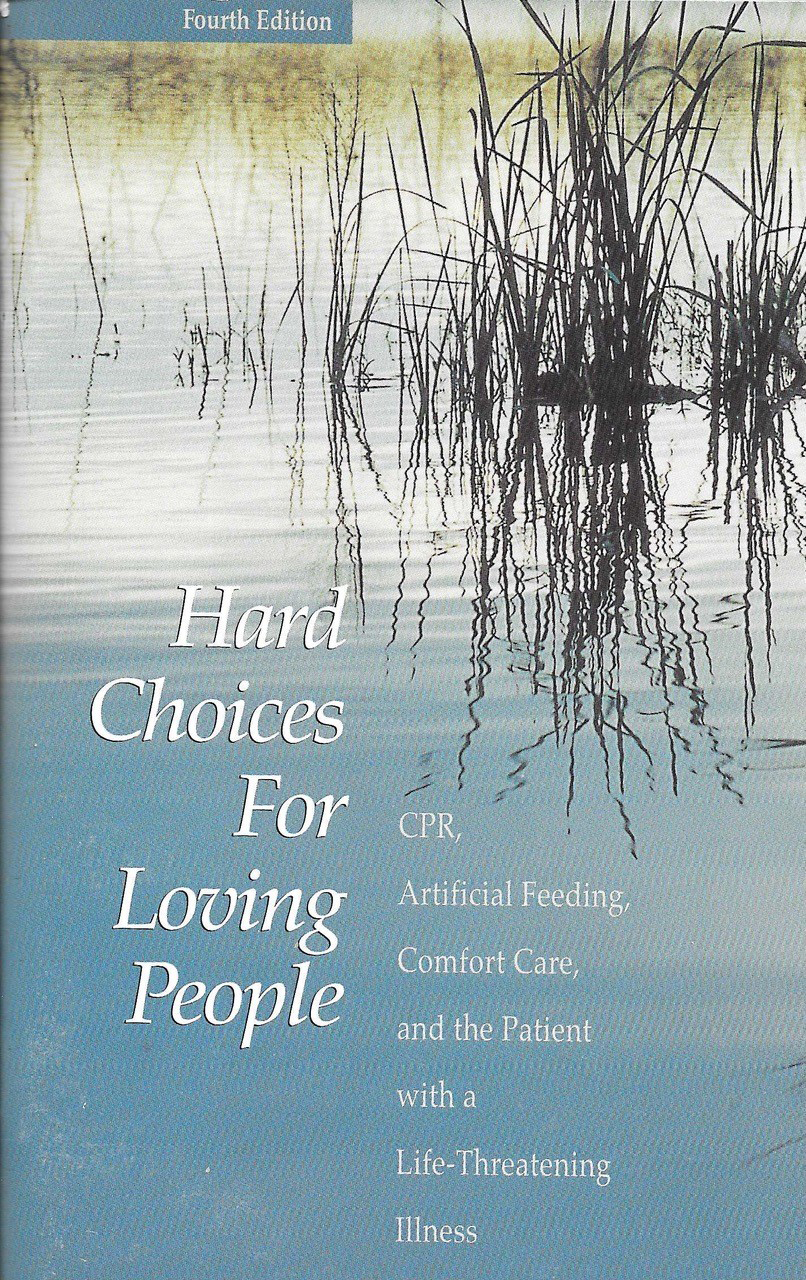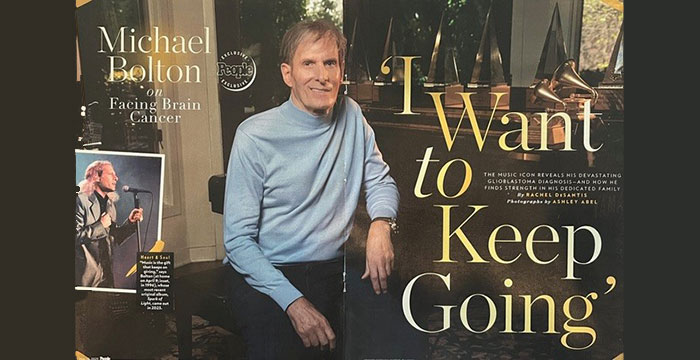This is the fourth post in a series of articles about the writing and distribution of Hard Choices for Loving People. This piece covers the Fourth Edition.
From my journals:
November 29, 2000: “A case manager gave me some feedback about the book that she liked the ‘balanced approach.’ As I think of the rewrite of Hard Choices, I want to keep that feel to it.”
December 20, 2000: “I am looking forward to the rewrite of Hard Choices. I have a lot of ideas. I think I can improve it but need to keep the best elements of the current edition.”
January 14, 2001: “I fear tampering with Hard Choices. I want the knowledge and research to be woven with gentleness and spirituality.”
March 26, 2001: “My thoughts are often with my revision of Hard Choices. I think it is a good/great revision. I hope I can work with the Apertures people on the cover and improving the text. It is time to move this up a notch.”
The millennium turned. I moved from nursing home chaplain to hospice. My world of end-of-life care now included people my own age and children. Turns out, it wasn’t just the elderly who were dying. My book, Hard Choices for Loving People, had to keep up.
More Big Changes
There is a reason most of us die when we are old. We tend to gather multiple health problems which all add up and make us more frail. We learn to live into advanced age with greater disabilities. Frailty with multiple medical problems can happen at any age. We just usually avoid death until we get old old.
So, I changed my subtitle in the 2001 Fourth Edition of Hard Choices for Loving People from “elderly patient” to “patient with a life-threatening illness.” I devoted several paragraphs to making treatment decisions for children. The grief surrounding these decisions for children is so much harder because it wasn’t supposed to be this way — for children to die before their parents.
Another big change in the Fourth Edition was reference to the research on feeding tubes for patients with advanced dementia like Alzheimer’s. Eating difficulties are common in later stages. In some cases, feeding tubes were inserted to keep the patient from “starving to death.” New research showed that feeding tubes did not help these patients, but actually did them harm. Since around the time I included those studies, feeding tube use for advanced dementia has been cut in half. I don’t know if Hard Choices for Loving People had anything to do with that, but I like to think it made a difference.
A Whole New Look
One reviewer of a draft of the first edition was a well-known Christian author, Elizabeth O’Connor (I wrote earlier about another influence she had on the book AND on my entire life.) The first thing she said was, “Hank, you need an editor.” I hired a copy editor for the Third Edition. For the Fourth, I got in touch with an old friend, Pat Gerkin, who not only corrected my copy, but offered substantive changes. (She, by the way, has since become quite a gifted artist.)
In one of life’s simple twists of fate, I stumbled into the industrial park office of Apertures in Herndon, Virginia. I was looking to have some slides processed for my lectures. (This was way back in the 1990s when “state-of-the-art” meant using a computer to generate 2X2-inch Kodak Carousel slides. If I have to explain to you what a Kodak Carousel slide projector is… sorry, we don’t have time.)
I met Paul Gormont, graphic designer, and Helmuth Humphrey, photographer. To make a long story very short, in 2001 they redesigned the cover and layout of each page. Their work still is seen in the current edition almost twenty years later.
The addition of a first-rate editor, graphic designer and photographer — “It is time to move this up a notch.”
Fourth Edition Statistics:

- Subtitle: CPR, Artificial Feeding, Comfort Care and the Patient with a Life-Threatening Illness
- Publication dates: 2001-2008
- Fourth Edition books sold: 1,508,342
- Total books sold: 2,340,184
- Length: 76 pages (up from 44 in the Third)
- Endnotes: 98 (up from 68)
Key content introduced in the Fourth Edition:
- Discussion of goals of medical care given a prominent place in the introduction
- Four new sections added: Ventilators; Dialysis; Antibiotics; and Pain Control
- A new question to help with end-of-life decisions:
-
- What is the agreed-upon goal of medical care for the patient at this phase of life?
- What does the patient want?
- What is in the best interest of the patient?
- What are the prognosis and probable consequences if a certain treatment plan is followed?
- Can I let go?





